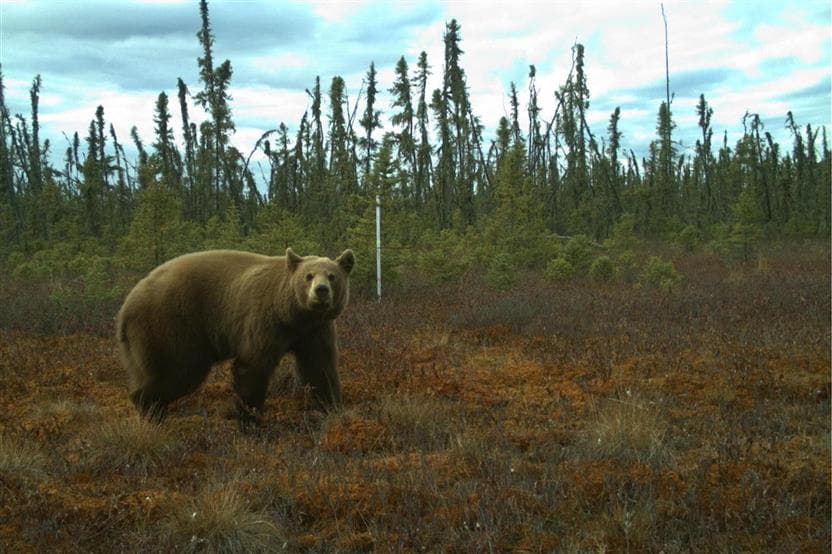Our operations are located in diverse landscapes that are home to a variety of plants and animals. We believe that it’s important that our land reclamation practices are creating sustainable habitats for local species to return, including those of traditional importance to Indigenous communities. This includes conserving habitat and reclaiming the landscape we’ve disturbed.
Our approach
Throughout the life cycle of our operations and projects, we seek to avoid, minimize, restore and/or offset impacts to biodiversity from our operations. We do this by:
- incorporating the principles of the mitigation hierarchy, integrated land use and management planning processes into project design, operation, reclamation and closure
- mapping our disturbance footprint and using monitoring tools such as wildlife sweeps to understand and ensure our development and construction activities avoid sensitive environmental areas and species potentially impacted by our activities
- minimizing disturbances to the extent possible while considering multiple factors, including safety, operations and the environment.
- employing mitigations such as wildlife crossings, low-impact seismic, waste management procedures, and managing human-wildlife interaction to reduce conflicts
- working internally, with industry peers and with multi-stakeholder organizations to monitor, conserve, restore and reclaim habitat for birds, mammals, fish and other species, including species at risk such as caribou.
- engaging with local Indigenous communities.
Monitoring biodiversity
We monitor biodiversity in and around our oil sands operations and reclaimed sites in accordance with our regulatory commitments and aligned with broader regional initiatives. We collect soil, vegetation, wildlife use and water quality information to determine whether we meet the requirements for reclamation certificate applications.
We also evaluate biodiversity across our sites through wildlife monitoring, which we conduct according to approved site-level wildlife mitigation plans. These include bird deterrents at ponds; the use of wildlife crossings over above-ground pipelines; and effectiveness in managing human-wildlife interactions.
In collaboration with our industry peers, stakeholders and regulatory agencies, we work with organizations such as the Alberta Biodiversity Monitoring Institute (ABMI), the Canada-Alberta Oil Sands Monitoring Program and Canada’s Oil Sands Innovation Alliance (COSIA) to mitigate and monitor the impacts of our operations, understand and reduce the cumulative effects of oil sands development and address regional biodiversity risk.
Caribou recovery and conservation
Complex combinations of natural- and human-caused factors in the oil sands region have created landscape changes and indirectly increased predatory activity, resulting in declining caribou populations. We know that we must contribute to caribou recovery and conservation while mitigating our impacts on the environment.
We are a member of COSIA's Regional Industry Caribou Collaboration joint industry project. The project works with academics, the Government of Alberta and the ABMI Caribou Monitoring Unit to coordinate restoration in priority areas, find new ways to improve biodiversity understanding, and restore habitat throughout northeast Alberta. These efforts all play a role in caribou recovery.
Land conservation
We recognize the value of multi-stakeholder approaches to address industry impacts on the environment.
We have partnered with the Alberta Conservation Association (ACA) through the Boreal Habitat Conservation Initiative for nearly 20 years to secure areas of intact boreal forest and wetlands that preserve biodiversity. Ensuring the components of the larger boreal forest ecosystem have remained undisturbed, to date, we have helped secure more than 4,000 hectares (ha) of ecologically sensitive land across 43 different conservation sites in Alberta as voluntary offsets.
In 2018, Syncrude joined the governments of Alberta and Canada, the Nature Conservancy of Canada and the Tallcree First Nation to create the Birch River Wildland Provincial Park, a conservation area of 330,000 ha, located near Wood Buffalo National Park. This partnership contributed to creating the world’s largest protected area of boreal forest and is intended to offset future Syncrude land disturbance.







.jpeg?mw=304&modified=20220302210525&hash=4FDD3E9879E1B6E92F5C47AAC7E070C2)